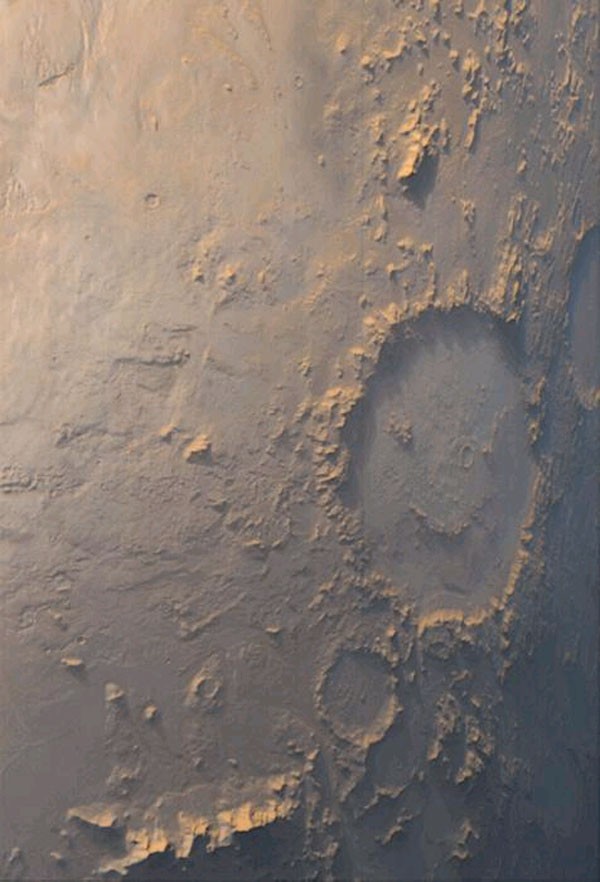Nasa Captures Unique Elephant Face Image On Mars
Nasa astronomers have for the first time captured a unique elephant picture on mars using the HiRISE camera from Nasa's Mars Reconnaissance Orbiter.
Astronomers claim that this elephant face is created by lava. They found that lava flow in Elysium Planitia, the youngest flood-lava province on mars, could have created the unique face.
"Flood lavas cover extensive areas, and were once thought to be emplaced extremely rapidly, like a flood of water," Msnbc quoted Alfred McEwen, planetary geologist at the University of Arizona, as saying.
Astronomers believe that the elephant face on mars provides a glimpse of the geological changes that shaped the Red Planet over the course of billions of years.
The image gives a good example of the phenomena known as pareidolia which means we see things like animals' faces that are not actually there.
"Most lava floods on earth are emplaced over years to decades, and this is probably true for much of the lava on mars as well," McEwen said.
Astronomers had earlier discovered several others on the surface of mars. They had found a happy face, a mermaid face and a skull face on the surface of mars. The face on mars was discovered in 1976 and the happy face crater in 2008.
High Resolution Imaging Science Experiment (HiRISE) has captured more than 20,000 images. HiRISE operates in visible wavelengths, the same as human eyes, but with a telescopic lens that produces images at resolutions never before seen in planetary exploration missions.
These high resolution images will enable scientists to resolve 1-metre-sized objects on mars and to study the morphology (surface structure) in a much more comprehensive manner than ever before.
HiRISE also makes observations at near-infrared wavelengths to obtain information on the mineral groups present. These new, high-resolution images will provide unprecedented views of layered materials, gullies, channels, and other science targets, as well as characterise possible future landing sites.
Here are some images of the faces discovered on mars:



© Copyright IBTimes 2024. All rights reserved.





